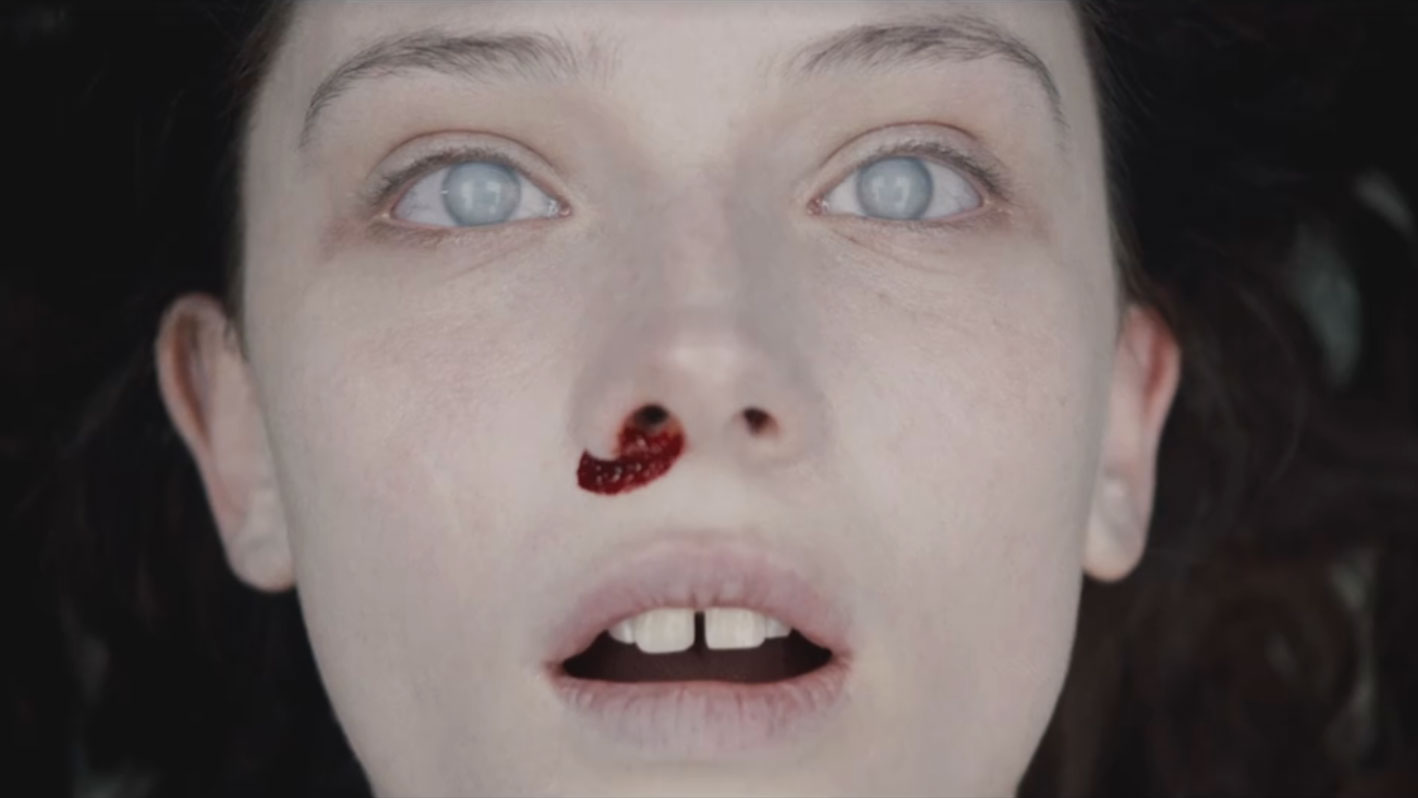Mortal
by Hope Madden
André Øvredal is a hard filmmaker to pin down. After his 2010 breakout Trollhunter, a giddy found footage flick concerning the impact giant trolls have on his native Norway, the writer/director got far more serious with his 2016 sophomore effort, the excellent horror show The Autopsy of Jane Doe.
Then it was all visuals and atmosphere in the more family friendly genre fare Scary Stories to Tell in the Dark. And now he abandons any hint of horror, returning to the mythology of his homeland for a superhero tale of sorts, Mortal.
Nat Wolff is Eric, a disheveled American in Norway. He keeps to the forests, isolates, but eventually runs afoul of a car full of teenage d-bags—much to the dismay of the marauding teens.
Under arrest and awaiting an American convoy, he’s befriended by Christine (Iben Akerlie) the Norwegian therapist asked to speak with him. She’s the first to recognize his burgeoning but uncontrolled powers, although the Americans who are coming for him seem to have some inkling.
What Øvredal has done here is to reimagine the superhero origin story. True to its title, Mortal examines a very human character, weighing the guilt, pressure, confusion and fear that come with this territory.
Some comic franchises—the X-Men, in particular—ask whether humankind is ready or even worthy of superior beings. Mortal does the same. In fact, it does a lot of the same things you’ve seen in other origin stories and superhero franchises. Its uniqueness may be in the afterthought about how the world would construe the existence of a superhero in terms of religious implications.
This is one of the truly interesting thoughts the film injects into the overcrowded genre. It’s not well developed, unfortunately. But there is something akin to swagger in watching this mid-budget action thriller wrangle Norway’s own mythology away from a far showier, exponentially more famous universe.




